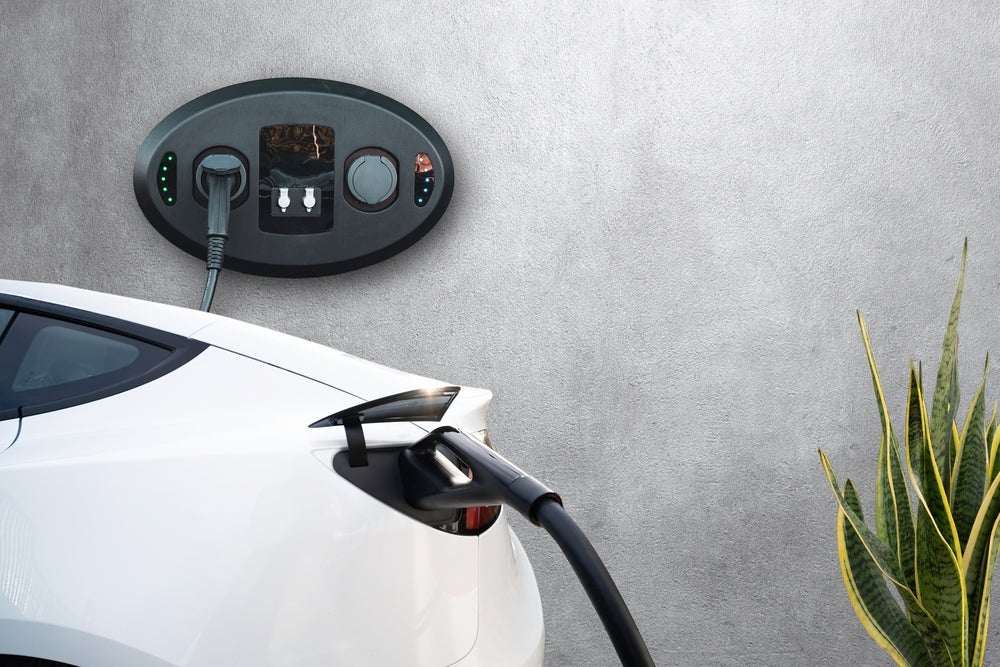There has been impressive growth in the electric vehicle (EV) sector in the past few years, with greater numbers of consumers demanding either electric or hybrid vehicles, and manufacturers responding by releasing more models. Russell Kelsall discusses the challenge of their funding.
While the manufacturing and distribution sector grows, so does the sector looking at financing the acquisition of EVs. But what kind of legal issues should motor finance providers consider when financing EVs?
The first key issue is how the vehicle is financed. The two most common approaches seem to be either (a) a hire purchase (including PCP) or conditional sale agreement for the vehicle, or (b) a hire purchase (including PCP) or conditional sale agreement for the vehicle (but not the battery) and a hire (or lease) agreement for the battery.
The first approach is often used to finance non-electric vehicles, and consumers are familiar with such agreements. But the second approach factors in both the end-of-life value of batteries, and manufacturers wishing to keep some control over the batteries. If the first approach is adopted by a lender, it is likely to be more straightforward for customers, lenders and dealers.
Lenders financing non-electric vehicles will sometimes have to consider if they have lost title under Part III of the Hire Purchase Act 1964 (the HPA) where their customer sells the vehicle without the lender’s consent. This is often called the ‘innocent purchaser’ exception – but the devil is, AS always, in the detail. However, the goods financed by the hire-purchase or conditional sale agreement must be a “motor vehicle” for this exception to potentially apply. The HPA says a motor vehicle is a “mechanically propelled vehicle intended or adapted for use on roads to which the public has access”. But is an electric vehicle a “mechanically propelled vehicle”? It probably is (see, for example, Section 189(1) of the Road Traffic Act 1988) but there could be some room for argument. And the position is probably more complex where a customer has two agreements.
If a lender adopts the ‘two agreement’ approach, there are a number of other issues including advertising, affordability and creditworthiness, and documentation:
How well do you really know your competitors?
Access the most comprehensive Company Profiles on the market, powered by GlobalData. Save hours of research. Gain competitive edge.

Thank you!
Your download email will arrive shortly
Not ready to buy yet? Download a free sample
We are confident about the unique quality of our Company Profiles. However, we want you to make the most beneficial decision for your business, so we offer a free sample that you can download by submitting the below form
By GlobalData- The FCA’s Consumer Credit Sourcebook (CONC) includes a number of rules on financial promotions that apply when encouraging customers to enter into a regulated credit agreement. But many of those rules do not expressly apply to a regulated consumer hire agreement. So what should a lender do to keep to the rules – both their letter and spirit? The answer is to probably adopt some form of hybrid – no pun intended! – approach;
- The same point applies to affordability and creditworthiness: CONC makes a number of rules that apply to a regulated credit agreement and not a regulated consumer hire agreement. But a hybrid approach is probably the safest way forward;
- The documentation, and explanation of it, is likely to present the biggest challenge. For example, there could be confusion if a customer wishes to exercise their right to voluntarily terminate the hire purchase or conditional sale agreement under Section 99(1) of the Consumer Credit Act 1974 (the CCA). There is no similar right for a regulated consumer hire agreement (the right of termination in Section 101 of the CCA often applies only in limited situations). Lenders may, therefore, need to think about including terms in the hire agreement, saying it automatically ends if the credit agreement ends.
The issue of two agreements firmly comes into focus when a customer has a quality issue with a vehicle. Fortunately, the Consumer Rights Act 2015 means (where the customer is a consumer) the customer will have the same rights under both contracts – the position under the old law would have been extremely confusing for consumers and lenders! But what if there is an issue with the battery? If the customer is entitled to reject the battery, are they also entitled to reject the vehicle? And if there is an issue with the vehicle – say the sunroof leaks – where a buyer is entitled to reject the vehicle, are they also entitled to reject the battery? There is no clear answer, but it seems likely that a rejection of one agreement will be a rejection of the other – see, by analogy, the Supreme Court’s decision in Durkin v DSG Retail Limited & HFC Bank plc (2014).
Does the financing of EVs raise issues to consider? Yes. Like most new products, a lender will need to think about the risks and challenges. If a lender adopts the ‘two agreement’ approach, the biggest challenge is likely to be clearly explaining the position to the customer to avoid risks of mis-selling allegations and complaints. But as long as all of these issues are fully considered, and sensibly dealt with, it seems unlikely that any of them are fatal to the financing of EVs.






